Drought Pushes South Africa To Water, Energy, and Food Reckoning
Cities run dry and harvests retreat in an already reeling nation.
By Keith Schneider
Circle of Blue
PONGOLA, South Africa — January 7, 2016 could hardly have been worse in this thunderously beautiful, water-parched, and economically reeling nation of 55 million residents at the bottom of Africa.
The South African rand slid in value to its lowest level ever and is now worth barely more than 6 U.S. cents. The business confidence index fell to its worst-ever rating. National meteorologists projected that a deep drought, already a year old, would persist until the end of 2016. Agronomists said that grain harvests were likely to be half the normal total. Layoffs in the farm sector caused by moisture scarcity and unplanted fields lifted the country’s persistent joblessness to more than 35 percent. Thermometers in Pretoria, the nation’s capital, reached a sun-blistered peak of 41.5 degrees Celsius (107 degrees Fahrenheit) the highest ever recorded.
The endowment of optimism and progress that South Africans embraced at the start of the new multi-racial elections and the formal end of Apartheid in 1994 has dissolved into a period of deepening national economic and social stress. Talk radio hosts reached a candid national consensus that the first Thursday of the new year was among the worst days in the 22-year post-Apartheid era. On one news station, hosts interviewed a psychic, who counseled listeners to stay calm.
Circle of Blue is in South Africa for seven weeks at the start of 2016 for our first on-the-ground project in Africa. Choke Point: South Africa is the next chapter in our global reporting to understand how nations are responding to the 21st-century environmental shape-shifting that is changing patterns of rainfall and snowmelt, affecting supplies of water, energy, and food, and bullying economies on every continent.
Choke Point: South Africa
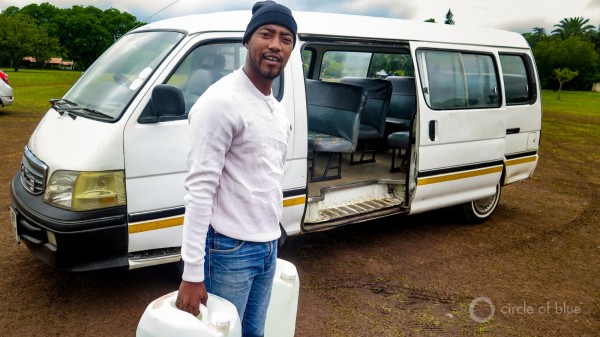
South Africa straddles the nation-defining economic line between developed and developing and has reached an inflection point in its progress. The nation’s 20th-century operating system — coal-fired power plants, big water-consuming mines, soaring population growth in informal settlements — is in desperate need of new software and a bigger hard drive in the 21st. The powerful and closely tied ropes of ecological and economic transition are binding South Africa, the continent’s second largest economy, to a tree of slow deterioration and critical choices.
How high will food prices climb if there is no break in the worst drought in 34 years? Will water shortages, expected over the next decade, change South Africa’s program to continue building two immense, thirsty, overdue, and expensive coal-fired power plants? How much is South Africa willing to invest in drinking water supply and wastewater treatment networks that have been poorly maintained, say local water authority managers, and need to expand to reach millions of residents and prevent raw sewage from contaminating rivers and lakes?
The problems are not short-term. Neither are the solutions, say authorities and citizens. Supplies of water, energy, and food — the basic resources that drive every human community — are not assured in a nation where demand is growing and the capacity to deliver is in jeopardy. Over the next several months, in a series of regular frontline reports, Circle of Blue seeks to bring our readers new insights about how South Africa understands and anticipates the converging economic and ecological trends of this century, and builds a new foundation of stability and security for its citizens.
Arguably, clean water is the resource most at risk, say business leaders and analysts here. A study by the Council for Scientific and Industrial Research, the country’s premier science group, found that much like China, the country’s largest water consumers — mining, coal-fired power plants, agriculture, and cities — face big choices about water consumption and use. If current development trends continue, the convergence of population growth, pollution, and business expansion will leave South Africa with a 2.7 billion cubic meter (713 billion gallons) water deficit by 2030. Translated: South Africa will need 20 percent more water than the 13.5 billion cubic meters (3.5 trillion gallons) that it currently draws each year from rivers, lakes, and aquifers.
China encountered a similar water deficit in the first decade of this century caused by its desire to simultaneously build new cities, expand agriculture, and develop and burn billions of metric tons of coal in its dry energy- and food-supplying Yellow River basin. Like South Africa, farms, mines, coal-fired power plants, coal-processing industries, and cities are China’s largest water consumers. Circle of Blue played a central role in bringing the water deficit to China’s attention with its Choke Point: China project in 2011.
In 2012, China established a research program to better understand the water-energy-food confrontation. In 2014 and 2015, China announced new domestic programs to begin curtailing coal mining, processing, and combustion. China is moving more of its grain production to wetter Northeast provinces. China also is building the world’s largest solar and wind power sectors, and seawater-cooled nuclear plants, all of which use much less fresh water than coal-fired power plants.
Contending With Water Scarcity
South Africa contends with its own choices amid much tougher economic and environmental conditions. Temperatures are increasing steadily across the country, say residents, as rainfall patterns change and water grows scarcer. Farm productivity is declining along with moisture levels. An ambitious project to build two of the world’s largest coal-fired power plants has come under fierce opposition from residents in two provinces due to competition for water to operate the new stations. The drought is drying up municipal water supplies.
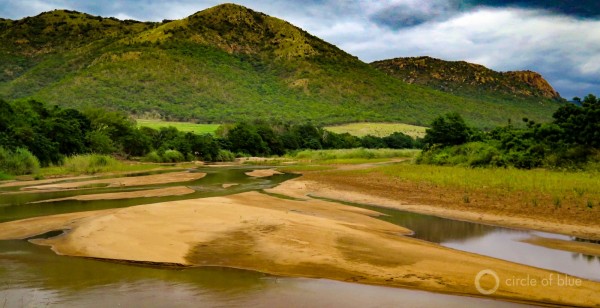
Municipalities in KwaZulu-Natal province — about midway between Johannesburg and Durban in the country’s eastern region — have gone without water since October. Water authorities at the Zululand District Municipality, the regional government that manages the water supply for 960,000 residents in and around five cities in the province, said the reservoirs in three cities are exhausted and that, without rain, the water supply for a fourth community will dry up by the end of the month. The district is operating 61 water trucks that haul water to central depots for household use.
“It’s a terrible situation,” Stefan Landman, Head of Department Planning for the district, told Circle of Blue. “We have not experienced anything like this in my time. Things are changing. We’re just not getting the rain.”
South Africa anticipated some of its water stresses early in the new democracy. Just after the turn of the century, senior leaders decided to develop water-skimping wind and solar power. Global financial institutions have since invested billions of dollars. Three big solar plants, for example, have opened since 2014 in Northern Cape province’s solar corridor, with the capacity to generate 250 megawatts. SolarReserve, an American energy developer that built two of the plants, is scheduled to start construction in February on one of the most advanced solar plants in the world, a $US 750 million, 100-megawatt concentrated solar generating station. Similar progress is being made with wind power. Six wind farms operate in South Africa and generate over 500 megawatts of capacity.
The national goal is to build 10,000 megawatts of renewable electrical generating capacity by 2020, which would amount to nearly 20 percent of total generating capacity, according to South African government projections. Kevin Smith, SolarReserve’s chief executive, told Circle of Blue that South Africa’s renewable development program is “one of the best in the world.”
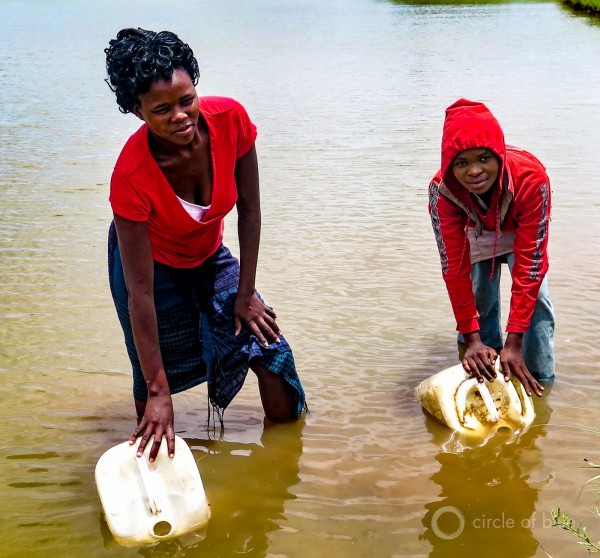
Coal Country
Still, the investment in renewable energy is modest compared to South Africa’s devotion to coal as an electricity-generating fuel source. The country has some 50 billion metric tons of coal in reserve, according to government figures. Some 91 percent of South Africa’s electricity is coal-fired. Thousands of people work in the mines, processing plants, and generating stations in a country wracked by joblessness.
National leaders remain devoted to coal and are determined to finish two, 4,800-megawatt, water-consuming, carbon emitting coal-fired stations in Limpopo and Mpumalanga provinces. Yet advancing management, fiscal, and cultural impediments mount steadily at the Medupi and Kusile stations, which are five years overdue and will not be completed until the early 2020s, according to Eskom Holding Ltd., the government-owned utility that is building the plants. The combined price tag, estimated at more than $US 30 billion, grows 11 percent a year.
In early January, the construction manager of the Medupi station left his position after a decade of service. The South African drought is stirring more civic opposition in communities close to both plants. They are concerned about losing the competition for scarce water with plants that need millions of cubic meters annually to operate.
Lastly, the World Bank, which loaned Eskom $US 3.5 billion to complete the project, criticized the utility for failing to assess water supplies needed for plant operations, and publicly stated that it was worried about rising costs and lengthening construction schedules. Last year, in an unusual and candid display of institutional concern, the World Bank formally identified its Eskom loan as “high risk.”
Choke Point: South Africa will report on the Medupi and Kusile power stations, and other facets of the competition for water, energy, and food in this drying nation.
Circle of Blue’s senior editor and chief correspondent based in Traverse City, Michigan. He has reported on the contest for energy, food, and water in the era of climate change from six continents. Contact
Keith Schneider

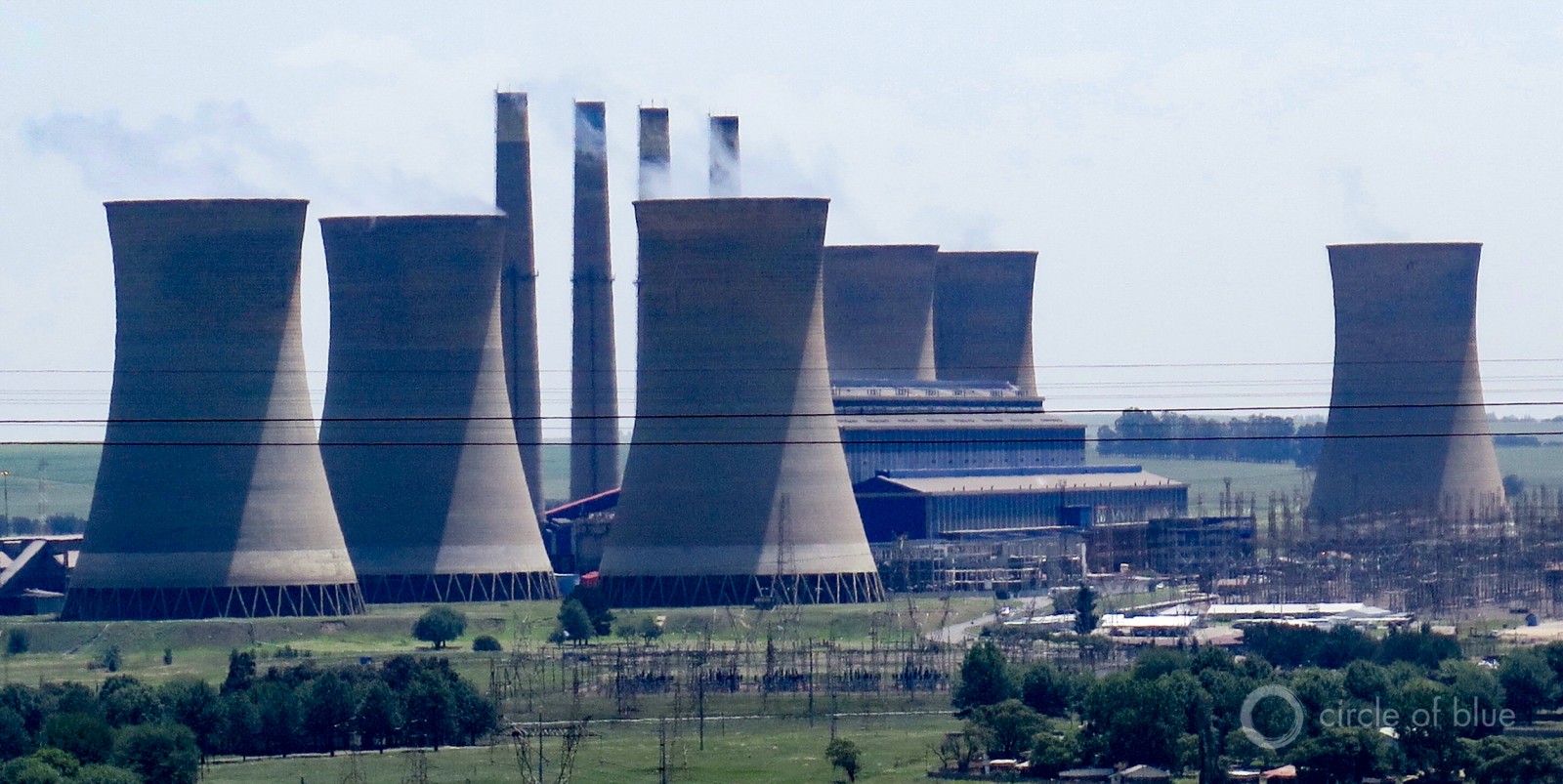
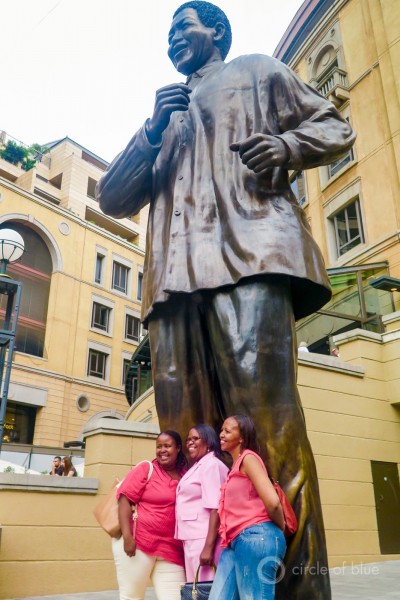

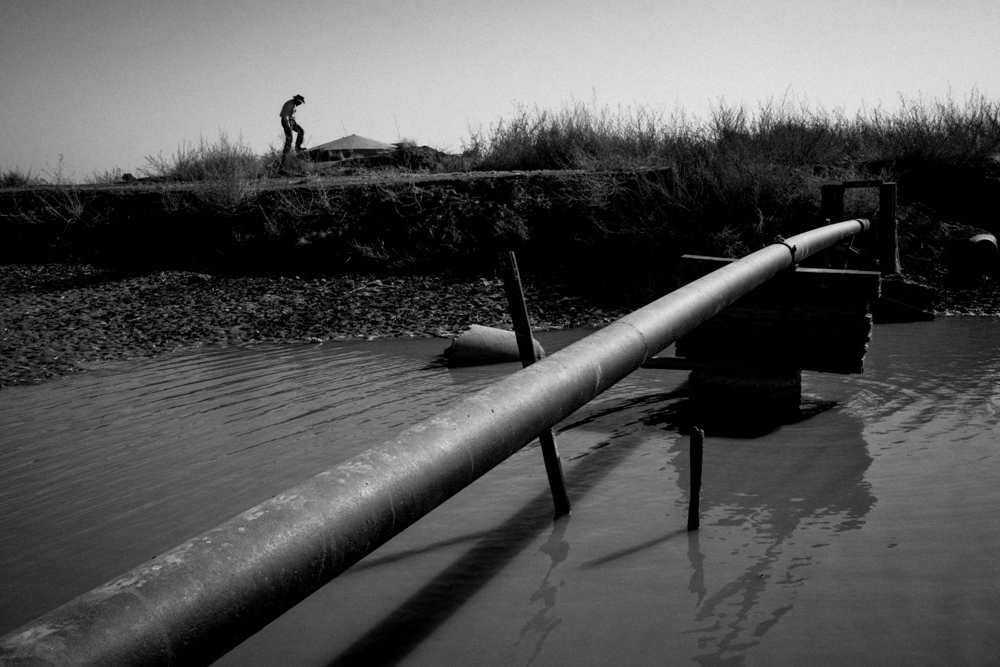
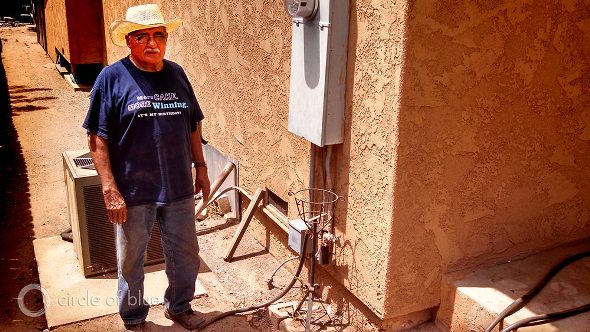
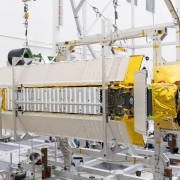
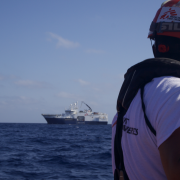
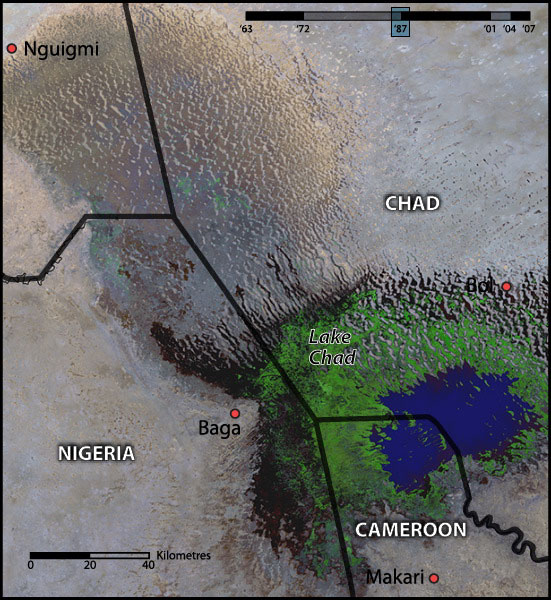


Leave a Reply
Want to join the discussion?Feel free to contribute!